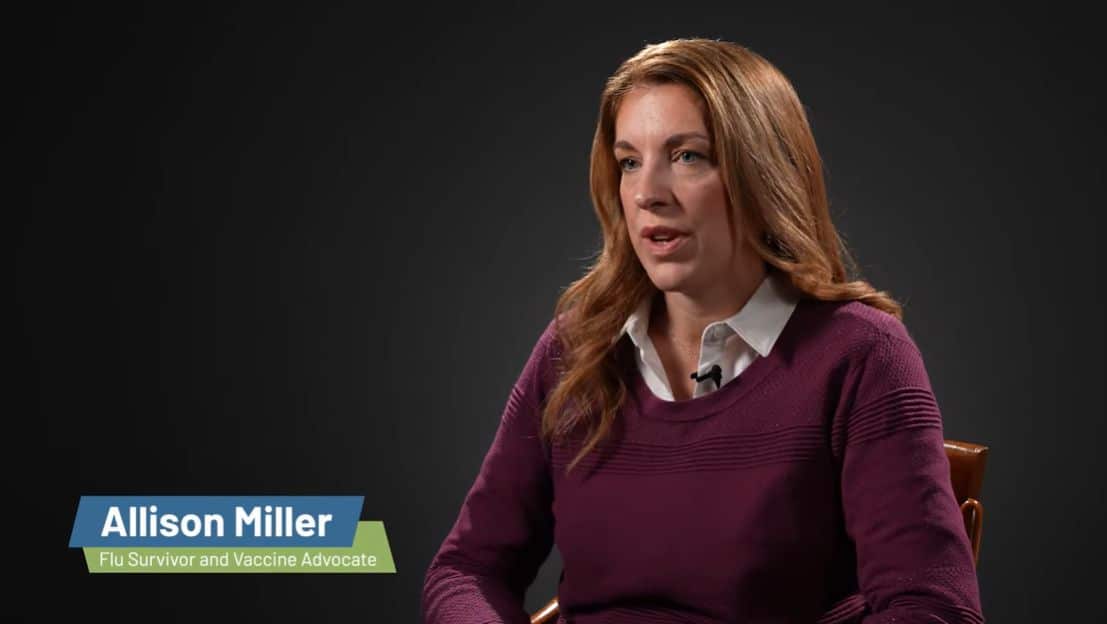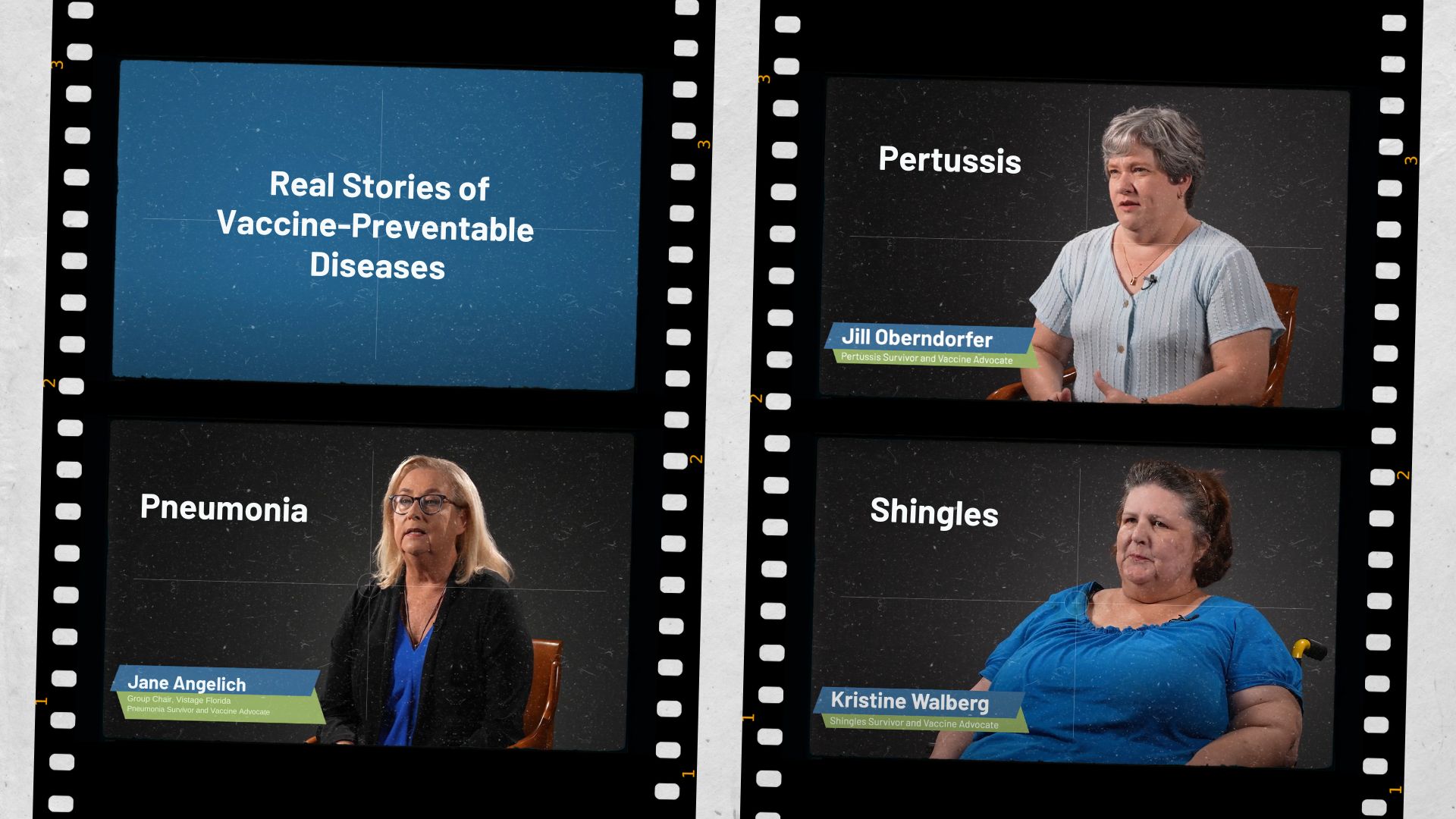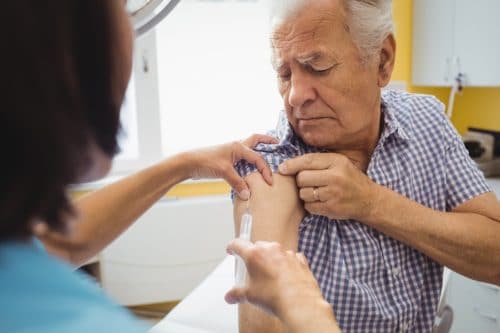
As I began to write this blog about the scheduled end of the COVID-19 Public Health Emergency, my computer pinged with an instant message from a family friend, telling me that her septuagenarian brother had contracted COVID while on vacation with his wife. Their springtime cruise down the Danube, long delayed because of the pandemic, had finally begun earlier this month. But after the onset of uncomfortable symptoms, and a positive COVID test, he and his wife were sent ashore to Germany. The story thankfully has a happy ending: he received treatment, has recovered fully, and they were arranging transportation home. However, their thwarted attempt at taking a relaxing vacation is a reminder that this persistent disease remains a threat to our daily lives.
The three-year COVID-19 Public Health Emergency will officially end on May 11, putting a hard stop to a range of government programs designed to blunt the economic, social, and medical impact of the disease. Of particular concern is the fact that millions of individuals without the required health insurance will most likely have to pay for COVID-related testing and vaccines. Fortunately, the antiviral treatments that have been free-of-charge to Americans will continue to be available at low or no cost, at least until the federal supply runs out. At that point, cost-sharing will most likely kick in.
After three years of living our lives circumscribed by the threat of COVID, it’s tempting to cheer the “official” end of the Public Health Emergency. Given what we have been through societally and individually, there is, of course, some cause for celebration: COVID is relatively under control, we have excellent treatments for this highly contagious disease, our children are back in school, and the unemployment rate tells us that most Americans are back at work.
But if the Emergency is over, where are we now? As my friend’s experience demonstrates, we are certainly not back to “normal” as we would have defined pre-March 2020. Many of us still struggle to find equilibrium in our personal and professional lives. Health care professionals warn us that COVID itself could strongly rebound, or another as-yet unidentified pandemic could wreak comparable havoc.
But despite the continuing presence of COVID, or perhaps even because of it, we have created very real value that is enriching our lives and that we should take care to preserve.
We have made – and continue to benefit from – a great leap forward in the availability of vaccines. Given the development of the MRNA platform, this progress is not a one-time breakthrough, but rather a means to develop vaccines and drugs for a multitude of conditions, many of which impact older Americans.
Nursing homes, whose residents were devastated by COVID in far greater numbers than the general population, are the focus of reforms to prevent another similar disaster. The Biden Administration is proposing federal minimum staffing requirements and better enforcement of existing regulations.
Telemedicine has been integrated into the health care of many older Americans. What was once a novel one-time way to communicate with a health care professional has become the method of choice for millions.
Given the prevalence of vaccine resistance, we still need to ensure that individuals 65 and older receive booster shots, not just for COVID but for the wide variety of conditions that impact the elderly. The Alliance for Aging research has been a leader in this effort as a co-convener of the COVID-19 Vaccine Education and Equity Program (CVEEP). And through the Our Best Shot campaign, the Alliance works to raise awareness of CDC-recommended vaccines for older adults that prevent illness that could compromise the immune system and leave older adults susceptible to other health challenges.
So, what’s next after May 11? Clearly, there is no comprehensive, certain answer as we embark on a new chapter of this pandemic. But through our individual efforts to maintain our health, and by working with a strong organization like the Alliance, we can maximize the progress we have made to combat a global pandemic and reinforce the advances we have created in the lives of our senior citizens.
To learn more about how to prevent illness, visit AgingResearch.org/OurBestShot.






